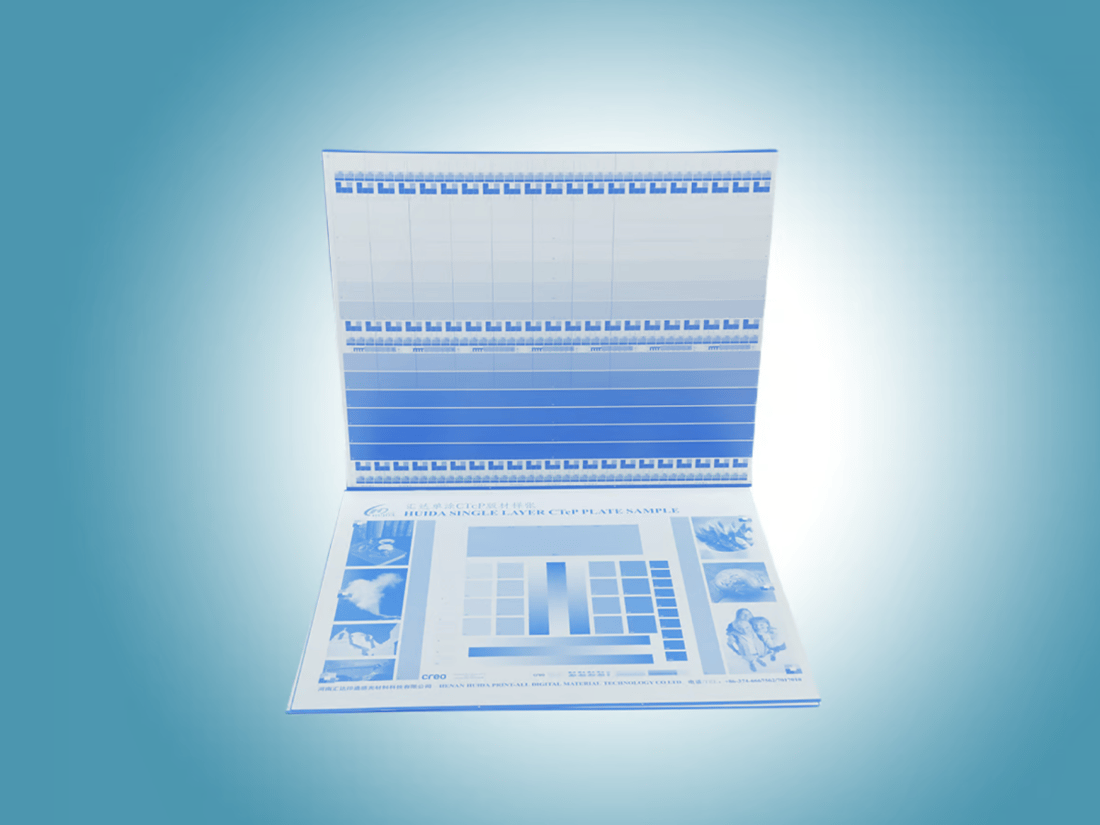Web offset printing is a widely used printing technique that is commonly used for high-volume printing. It is a type of offset printing that uses a continuous roll of paper instead of individual sheets. The paper is fed through the press at high speeds, which allows for faster printing and lower costs per page.
In this article, we will provide a detailed overview of web offset printing, its benefits, and its applications. We will also discuss some of the key considerations that businesses should keep in mind when choosing a web offset printing service provider.
What is Web Offset Printing
Web offset printing is a type of offset printing that uses a continuous roll of paper instead of individual sheets. The paper is fed through the press at high speeds, which allows for faster printing and lower costs per page. The ink is transferred from the printing plates to the paper via a series of rollers, creating a high-quality printed image.
Benefits of Web Offset Printing
The benefits of web offset printing include:
1. High Volume Printing: Web offset printing is ideal for high-volume printing. It is commonly used for printing newspapers, magazines, catalogs, and other high-volume print materials.
2. Cost-Effective: Web offset printing is cost-effective, especially for large print runs. The process of printing on a continuous roll of paper reduces the cost per page, making it a more affordable option for businesses.
3. High-Quality Printing: Web offset printing produces high-quality prints with sharp and detailed images. The continuous roll of paper ensures that the ink is transferred evenly throughout the printing process, resulting in consistent and high-quality prints.
4. Versatility: Web offset printing can be used to print on a variety of paper stocks, including coated and uncoated papers. This makes it a versatile printing option for businesses that require different paper types for their print materials.
Applications of Web Offset Printing
Web offset printing is commonly used for printing:
1. Newspapers: Web offset printing is commonly used for printing newspapers. The high-volume printing process and cost-effective nature of web offset printing make it an ideal option for newspapers.
2. Magazines: Web offset printing is also commonly used for printing magazines. The high-quality printing process ensures that images and text are sharp and detailed, making it a popular choice for magazine publishers.
3. Catalogs: Web offset printing is often used for printing catalogs. The versatility of the printing process allows for printing on different paper stocks, making it a popular choice for businesses that require different paper types for their catalogs.
4. Direct Mail: Web offset printing is commonly used for direct mail campaigns. The cost-effective nature of the printing process makes it an ideal option for businesses looking to print large volumes of direct mail materials.
Choosing a Web Offset Printing Service Provider
When choosing a web offset printing service provider, businesses should consider the following factors:
1. Experience: Look for a service provider with experience in web offset printing. An experienced service provider will have the knowledge and expertise to ensure that your print materials are of high-quality.
2. Equipment: Look for a service provider with modern and well-maintained equipment. The quality of the equipment used can impact the quality of the final print materials.
3. Turnaround Time: Consider the turnaround time offered by the service provider. The faster the turnaround time, the faster you can receive your print materials.
4. Cost: Compare the cost of different service providers to ensure that you are getting the best value for your money.
Conclusion
Web offset printing is a popular printing technique that is commonly used for high-volume printing. Its benefits include cost-effectiveness, high-quality printing, and versatility. When choosing a web offset printing service provider, businesses should consider factors such as experience, equipment, turnaround time, and cost.

